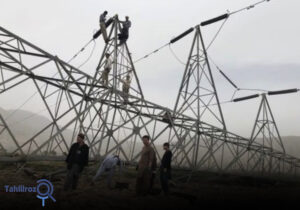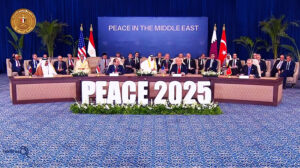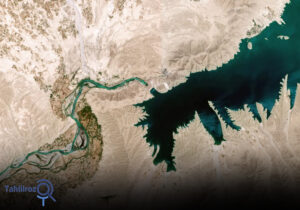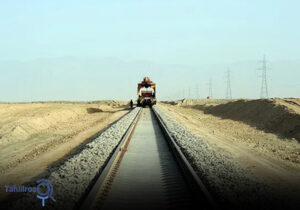Electricity in Afghanistan
Electricity is not only the driving force behind industry and the economy, but also a vital element of daily life and a symbol of progress and civilization. In Afghanistan—a country that has grappled with security, political, and economic challenges for many years—electricity has become more than a technical or industrial necessity; it has turned into a social and national demand. The shortage of sufficient electricity in Afghanistan has left many economic sectors semi-active or stagnant, while also severely affecting the quality of life for citizens.
Recently, Da Afghanistan Breshna Sherkat (DABS) announced that with the signing of four new agreements with Uzbekistan, electricity will be supplied to eleven provinces of Afghanistan, and Kabul’s power capacity will be increased to 1,500 megawatts. This news has sparked a wave of hope—alongside serious questions:
Will these agreements and the increase in electricity capacity mark the beginning of a new era in Afghanistan’s energy management, or will dependence on neighboring countries continue, leaving the challenges unresolved?
Electricity in Afghanistan: A Vital Need and a Persistent Crisis
Afghanistan is rich in natural resources, yet it remains fragile in terms of energy. More than 70% of electricity in Afghanistan is imported from neighboring countries (Uzbekistan, Tajikistan, Iran, and Turkmenistan), while domestic production capacity—especially hydropower and solar energy—has not been fully developed.
This long-term dependence makes Afghanistan vulnerable to political and economic fluctuations in the region. Whenever relations with one of the electricity-exporting countries experience tension, Afghan citizens become the first victims. Frequent power outages in Kabul and other provinces not only disrupt daily life, but also directly affect business, education, healthcare services, and even social security.
Moreover, the growing demand for electricity in Afghanistan in densely populated cities—particularly Kabul—has placed additional strain on the power grid. Kabul’s population, now exceeding six million, continues to grow, and its energy consumption increases year by year. This trend has turned the energy crisis into one of the central issues of governance in Afghanistan.
New Agreements with Uzbekistan: Hope or Greater Dependence?
The signing of four new agreements between Breshna Company and Uzbekistan is undoubtedly an important achievement for managing Afghanistan’s short-term electricity crisis. Under these agreements, eleven Afghan provinces will receive imported electricity, and Kabul’s power capacity will rise to 1,500 megawatts. This could significantly reduce power outages in the capital and help meet urgent needs in the provinces.
On the one hand, importing electricity from Uzbekistan helps Afghanistan meet its immediate needs and creates limited opportunities for economic growth. On the other hand, these agreements effectively extend Afghanistan’s dependence on neighboring countries. In other words, the more import capacity increases, the less incentive there is for serious investment in domestic production.
Furthermore, past experiences have shown that electricity-exporting countries may reduce exports or raise prices in response to political or economic circumstances. Such situations could once again push Afghanistan into a crisis of blackouts and public dissatisfaction.
Opportunities for Domestic Development: Overlooked Indigenous Resources
Afghanistan is rich in potential energy resources. The country’s geographical position and natural conditions offer numerous opportunities for hydropower, solar, and wind energy production.
Hydropower:
Afghanistan has major rivers such as Helmand, Amu, and Panjshir, which hold the potential to generate thousands of megawatts of electricity in Afghanistan. Facilities like Naghlu Dam, Kajaki Dam, and Sarobi Dam are examples of semi-operational capacity that could produce multiple times more electricity in Afghanistan with proper investment.
Solar Energy:
With abundant sunlight across most regions, Afghanistan is one of the best locations for solar energy production. Provinces such as Herat, Kandahar, and Nimruz offer vast potential for establishing solar farms.
Wind Energy:
The wide and windy plains of Herat and Farah hold significant potential for wind energy, which has not yet been seriously explored.
Developing these domestic resources could not only reduce Afghanistan’s dependence on electricity imports, but also create large-scale employment opportunities, lower long-term costs, and increase energy security. However, insufficient investment, political instability, and weak management remain major obstacles to utilizing these resources.
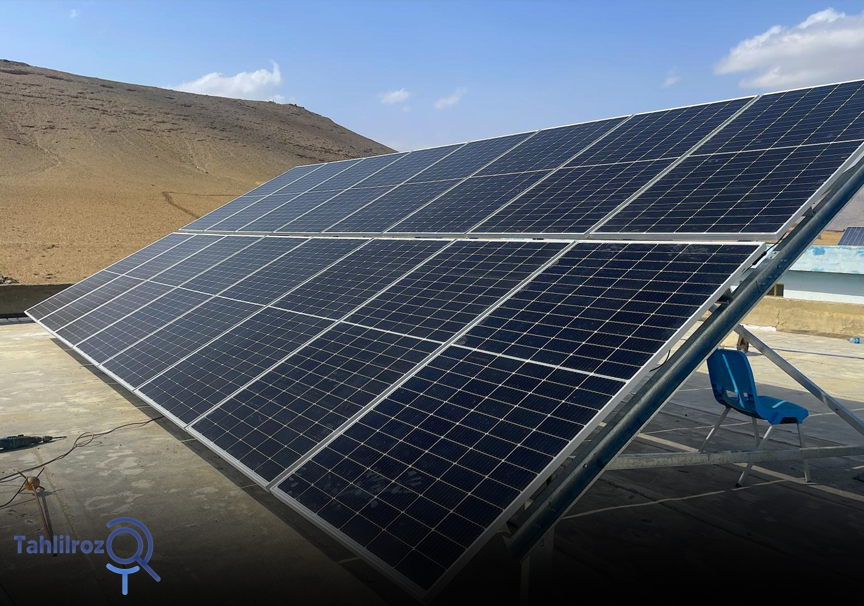
Future Outlook: Energy Independence or a Continuation of Darkness?
The future of Afghanistan’s electricity sector depends on decisions made today. If policymakers rely solely on electricity imports, energy dependence on neighboring countries will persist, and any regional crisis could once again plunge Afghanistan into darkness. However, if the current moment—marked by relative stability in some sectors and renewed attention to infrastructure needs—is used wisely, Afghanistan could chart a new path toward energy independence.
Key Strategies for the Future
1. Invest in Domestic Projects:
The government and private sector must prioritize hydropower, solar, and wind projects. Even small local initiatives can supply electricity to tens of thousands of households.
2. Diversify Import Sources:
Although electricity imports are currently unavoidable, Afghanistan should avoid dependence on a single country (such as Uzbekistan) and diversify its sources.
3. Improve Management and Reduce Losses:
One of the major problems is the loss of electricity due to outdated infrastructure and illegal usage. Reforming and modernizing the grid can increase existing capacity.
4. Energy Diplomacy:
Afghanistan can position itself as a regional energy corridor—not only an importer but eventually an exporter of electricity—provided that regional connection projects (such as CASA-1000) are pursued effectively.
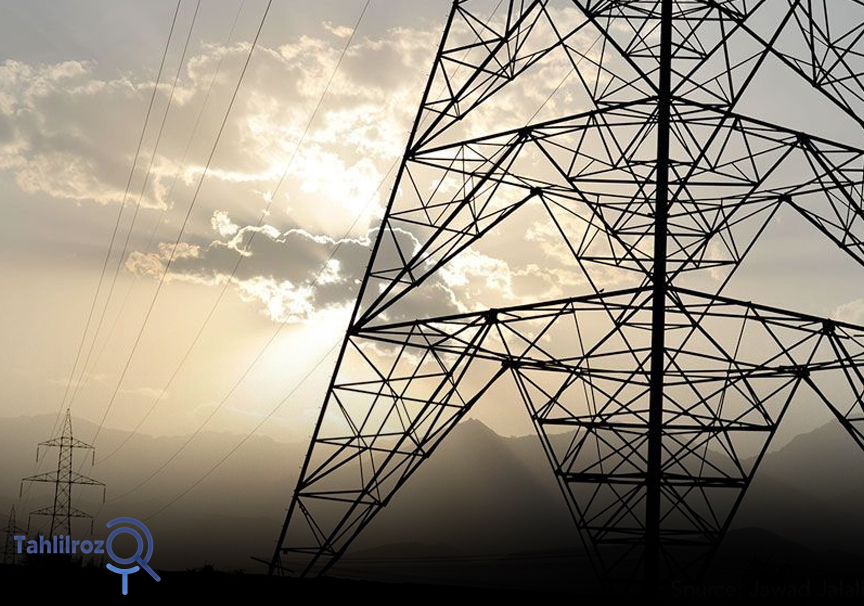
Muslim Akhlaqi

